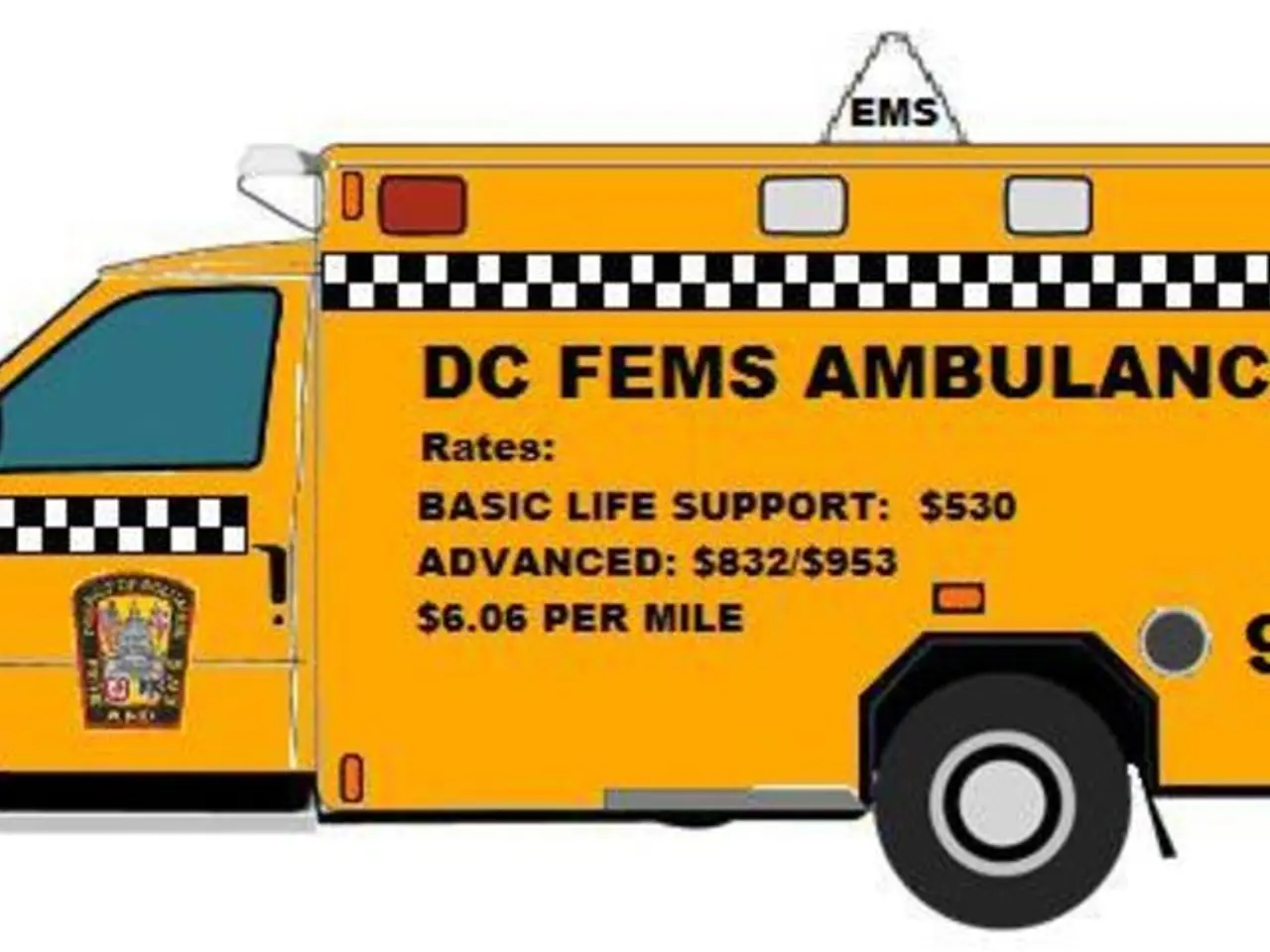Guidelines for Securing Canine Welfare During the Summer Heatwave
As the warm weather arrives, it's important for dog owners to be mindful of potential hazards that can affect their pets. Here are some key summer safety tips to help ensure your dog stays healthy and comfortable during the season.
Heatstroke and overheating are among the most serious risks for dogs during summer. Dogs primarily cool off through panting, which may not be sufficient in high temperatures. Symptoms of heatstroke include rapid, heavy panting, difficulty breathing, excessive drooling, bright red gums, weakness, lethargy, vomiting, collapse, or seizures. If you suspect your dog is suffering from heatstroke, immediate veterinary care is required.
To prevent heat-related conditions, walks should be planned during cooler morning or evening hours and on grassy or shaded areas. Always provide ample fresh water and ensure dogs have access to shade outdoors. Never leave dogs tethered outside without access to water and shade, and avoid leaving them in parked cars.
Hot pavement and surfaces can also pose a danger to dogs. Concrete, asphalt, sand, and packed dirt can become extremely hot and burn dogs' paws. If you cannot hold your hand on the pavement for at least seven seconds, it's too hot for your dog.
Dehydration is another concern in hot weather. Dogs need access to fresh water and shade at all times to avoid dehydration.
Fireworks can cause stress and anxiety in dogs during summer celebrations. To help your pet cope, try to keep them indoors or in a quiet, safe space during firework displays.
Toxic plants and backyard hazards can also be harmful if ingested. Be aware of harmful plants and keep harmful foods or items out of reach.
When temperatures exceed 85°F, outdoor activity should be limited to short potty breaks, and once it hits 90°F or higher, it's safest to keep exercise indoors entirely.
Common summer hazards for dogs also include bee or wasp stings, heat-retaining surfaces like asphalt, stagnant water containing blue-green algae or bacteria, and ear infections due to trapped moisture after swimming or baths.
For high-risk dogs or longer outings, consider using a pet-safe sunscreen. If you suspect your dog is overheating, move them to a shaded or air-conditioned area, offer cool (not cold) water, and dampen their body with cool water.
Prevention tips include walking dogs during early mornings or late evenings when surfaces have cooled, checking the ground temperature before walks to protect paws from burns, and monitoring for signs of heatstroke and seeking emergency care immediately if symptoms arise.
Hydration is one of the most critical ways to protect dogs during hot weather. Always offer fresh, cool water throughout the day. Humidity increases the danger for dogs as it interferes with their ability to cool themselves through panting. To protect your dog, limit sun exposure during peak hours and provide ample shade when outdoors.
Senior dogs, puppies, and those with underlying health conditions have less efficient thermoregulation and should be closely monitored in hot weather. Check your dog thoroughly after hikes or walks in wooded or grassy areas, especially around and in the ears, under the collar, between the toes, and under the tail.
Summer is prime time for external and internal parasites like fleas, ticks, and mosquitoes. Always keep your dog on year-round parasite prevention as recommended by your veterinarian.
By following these precautions, dog owners can help ensure their pets stay safe and comfortable during the summer months.
Science shows that dogs, primarily cooling off through panting, are at risk of heatstroke during summer. To maintain their health-and-wellness, it's essential to prevent dehydration by providing fresh water and shade outdoors. Also, avoid walking dogs during peak heat hours and on hot surfaces to minimize the risk of burns on their paws.




